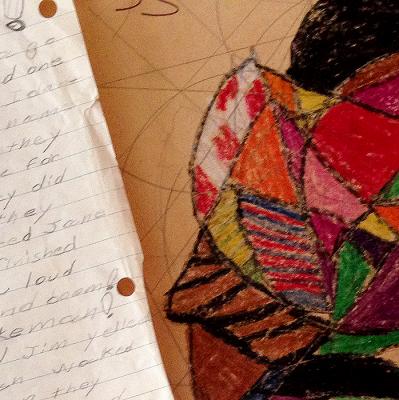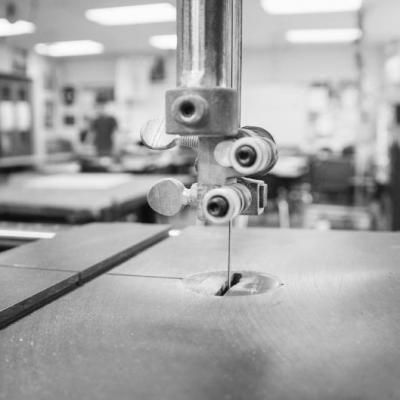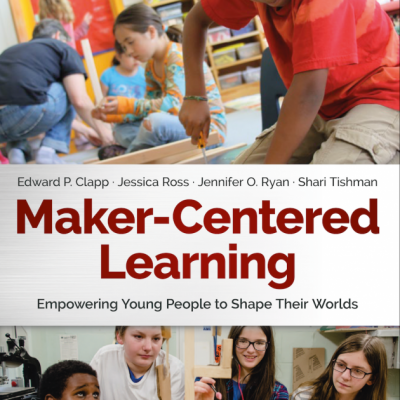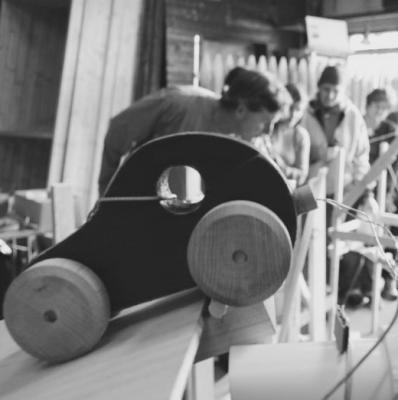PROTOCOLO PARA ANALIZAR DE FORMA CRÍTICA UN CONTENIDO, CONSIDERANDO DIFERENTES PERSPECTIVAS Y REPRESENTACIÓN, PARA DESPUÉS REDISEÑAR O REIMAGINAR ESE CONTENIDO DESDE UNA PERSPECTIVA PROPIA.

PROTOCOLO PARA ANALIZAR DE FORMA CRÍTICA UN CONTENIDO, CONSIDERANDO DIFERENTES PERSPECTIVAS Y REPRESENTACIÓN, PARA DESPUÉS REDISEÑAR O REIMAGINAR ESE CONTENIDO DESDE UNA PERSPECTIVA PROPIA.


这个思考模式通过帮助学生近距离观察某个物品/系统的细节,考虑不同的使用者和利益相关者不同的观点角度,以反思自己和这个物品/系统的关系来探究其中的关联性。

AbD researcher Jessica Ross elaborates on her role in the Open Portfolio Project by asking the question: What advice can we offer young makers as they document their making throughout their lifetimes?

A resource for educators to explore the ways you can use the Agency by Design Framework and Making Moves/Indicators.

This practice first encourages learners to observe the world around them and look for design, “in the wild,” taking a broad inventory of the designs they notice. Then it asks them to focus in on one object or system to consider the designer’s perspective or to propose redesign ideas.
Since 2012, the Agency by Design research team at Project Zero has explored the promises, practices, and pedagogies of maker-centered learning in a variety of settings. This initial research produced a flexible pedagogical model that supports young people in becoming sensitive to design and seeing themselves as the creators of their worlds. Beginning in 2018, the Agency by Design research team began working with a cohort of early childhood educators in Hong Kong on a pilot study to adapt the Agency by Design framework for young learners. The result of this exciting work is the Maker-Centered Learning Playbook for Early Childhood Education. This playbook includes lessons learned from the study, pictures of practice, and a host of educator tools and resources designed to support the development of young students’ maker capacities while also nurturing other generative cognitive dispositions and habits of mind at this early stage of learning and development.
This resource is available in hard copy on Amazon.

The Agency by Design guide to implementing maker-centered teaching and learning
Maker-Centered Learning provides both a theoretical framework and practical resources for the educators, curriculum developers, librarians, administrators, and parents navigating this burgeoning field. Written by the expert team from the Agency by Design initiative at Harvard's Project Zero, this book
A surge of voices from government, industry, and education have argued that, in order to equip the next generation for life and work in the decades ahead, it is vital to support maker-centered learning in various educational environments. Maker-Centered Learning provides insight into what that means, and offers tools and knowledge that can be applied anywhere that learning takes place.

This practice supports co-inspiration and the cross-pollination of ideas during maker-centered group work.

Ilya Pratt, AbD Oakland Leadership Team member and Design+Make+Engage program director at Park Day School, tells a tale of maker empowerment and collective agency through the story of Kyle and the saber-toothed cat.